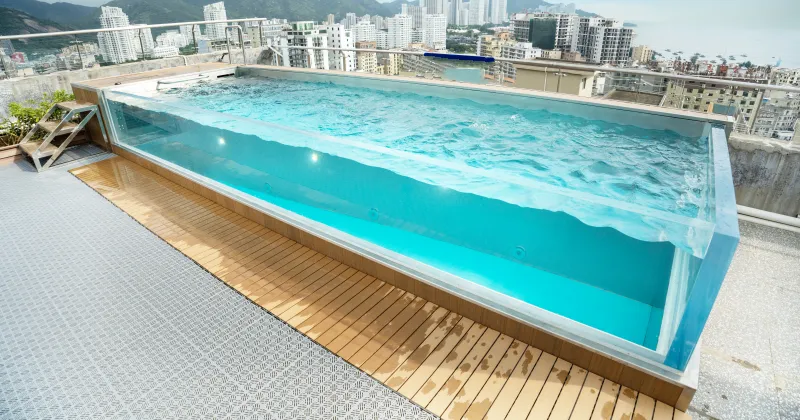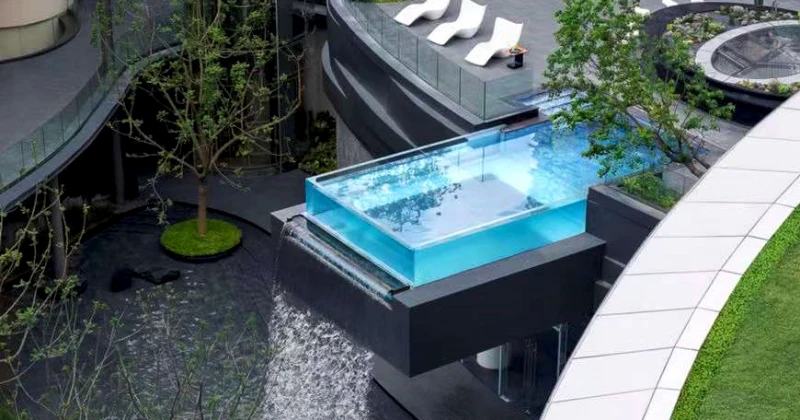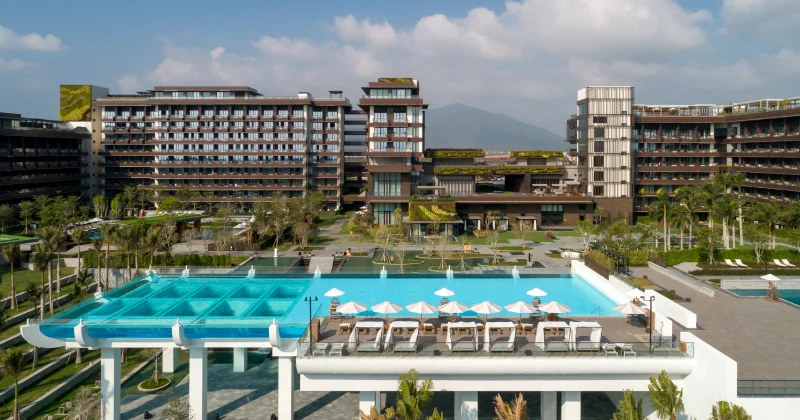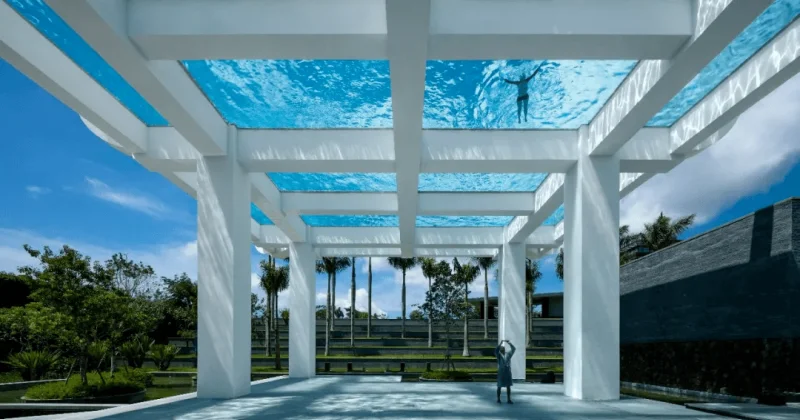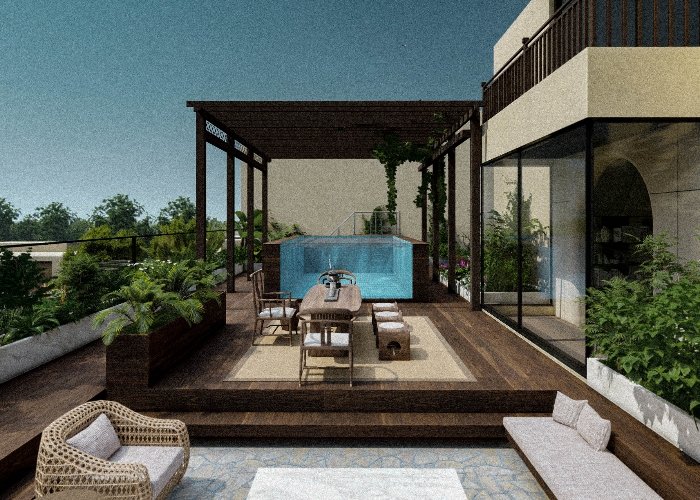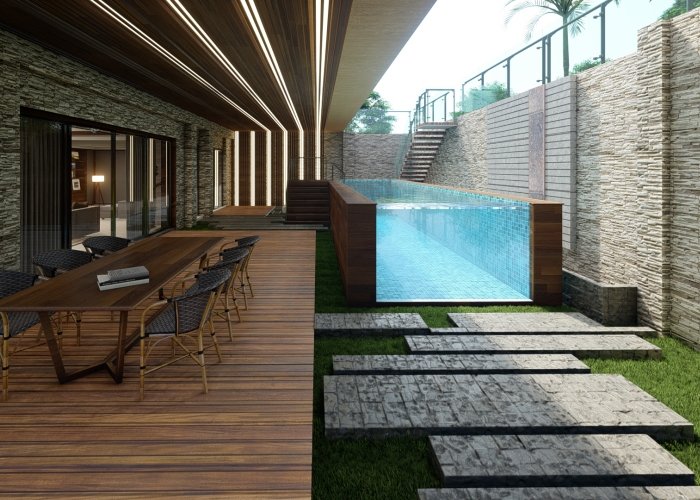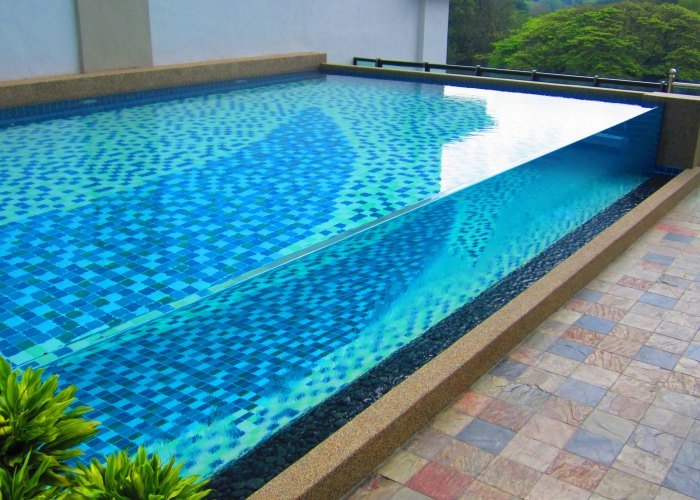
How To Install Acrylic Pool Glass
In the current times, if you survey people regarding their preferences towards pools there is a high likelihood of having a dream pool of glass or beautiful see-through windows. Similarly, this was the case with last year’s Million Dollar Pool Design Challenge, where various number or pool designs included some sort of a see-through wall or a window.
It seems that the key feature of modern-day pool designs not only includes a vanishing edge or infinity pool design but also a glass wall. According to Rick Chafey, the co-owner of Red Rock Pools & Spas: “Swimming pools with Acrylic walls is the next big thing after infinity design”.
Although, aesthetically pleasing, adding this feature to a swimming pool is easier said than done, as adding this little feature tips the project towards the category of most technically challenging projects. One of the most basic problems that would arise, would be joining the glass to concrete, as it drastically increases the chances of leakage, which could prove to be catastrophic if the pool is at a higher level, or connected to a living space of some sort.
To tackle this problem, designers & engineers have highlighted the process of installing these acrylic wall pools to keep these pools aesthetic while also making their structure strong and reliable enough to hold up.
Step step-by-step guide to Installing Acrylic Glass Walls in Swimming Pools
Imagine swimming, not across the old-fashioned pools with just cool & refreshing water, but through a pool with a crystal-clear acrylic glass wall, being able to look at the setting sun diving into the sky while underwater, or gazing at vibrant fish of various kinds if swimming in a sea. This is how acrylic walls are transforming the swimming pools from plain recreational spaces into mesmerizing underwater sanctuaries.
Now that we know how swimming pools are evolving, let's discuss how we can add this amazing feature to your swimming pool, the following guide will help you get familiarized with the complete procedure of equipping your pool with acrylic glass walls.
Examination
Glass walls must be carefully examined for damage or obvious flaws as soon as they are received. The walls come with a clear film covering the painted and ornamental surfaces that should be peeled back to
When necessary, replace any damaged or inconsistent colors to ensure protection during installation.
Organizing and Getting Ready
Planning is always a good idea before beginning any kind of installation, as it could end up saving you a lot of trouble and time down the road. Here are a few things that could be useful.
Arrange the Installation of Your Acrylic Wall Panels
Begin by precisely measuring your pool, taking into account the dimensions of the surrounding concrete structures. If you're looking for durable and cost-effective Acrylic Wall Panels that are both safe and aesthetically pleasing, it's advisable to consult with acrylic pool experts. They can assist you in planning the most suitable Acrylic Wall Panels for your pool based on its specific conditions, especially if you lack extensive experience in this field.
Make the U-channel
Use inserts and rebar to create a concrete framework for the acrylic panel, resulting in a strong U-channel.
Put in a panel and grout
One of the trickiest aspects of this process is usually moving the panel. In many cases, suction cups and straps can make a panel weighing less than 800 pounds manageable.
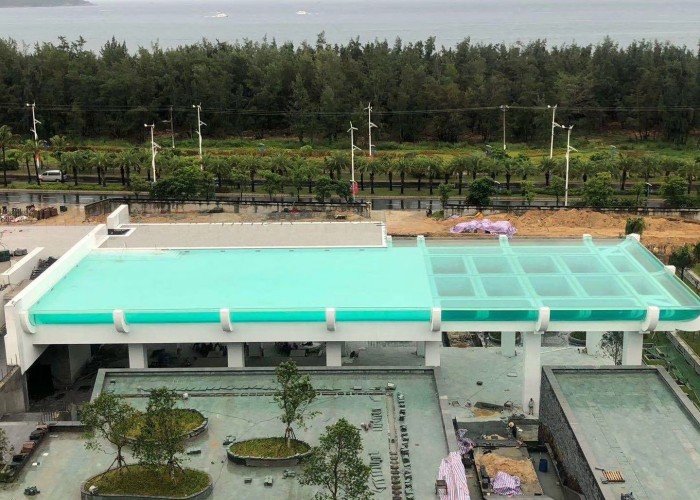
Different Acrylic Wall Assemble styles
Style | Description | Installation Complexity | Aesthetics |
Above Ground | Freestanding pool placed on the ground | Low - does not require excavation | Simple rigid shape |
In-Ground | Pool walls built into excavated holes in the ground | High - requires digging and reinforced building | Sleek built-in look with decking |
Oval | Curved wall shape provides flowing aesthetics | Very High - custom curved panels needed | Most Natural appealing look |
Rectangle | Straight panels form a pool with 90-degree corners | Low - uses standard flat wall panels | Basic uniform aesthetics |
Freeform | Irregular organic-edged shape | Master craftsmanship required - bespoke | Unique show-stopping architecture |

Considerations for DIY vs Professional Installation
Many homeowners consider taking on an acrylic pool wall installation as a DIY project to save money. However, there are some important factors to weigh regarding a professional contractor versus self-installation.
DIY Advantages:
- Cost savings by eliminating contractor fees
- Sense of accomplishment from self-build
Ability to control project schedul
DIY Challenges:
- Requirement for extensive construction knowledge
- Heavy lifting/equipment operation safety
- Ensuring code compliance and permits
Warranty concerns for defects down the line
Pro Installation Advantages:
- Expertise to complete in less time
- Proper equipment and qualified crew for safety
- Warrantied workmanship for product lifespan
Knowledge of local inspection requirements
Pro Installation Costs:
- Contracted labor is expensive
- Permitting/inspection fees still apply
- Less direct control over budget and timeline
Overall, DIY is reasonable for simpler above-ground pools. But for in-ground, consider factors like site complexity, personal experience, and risk tolerance. Pro installation by an experienced pool company is recommended unless you have specialized construction skills. The quality, warranty, and resale value implications are worth the upfront investment.
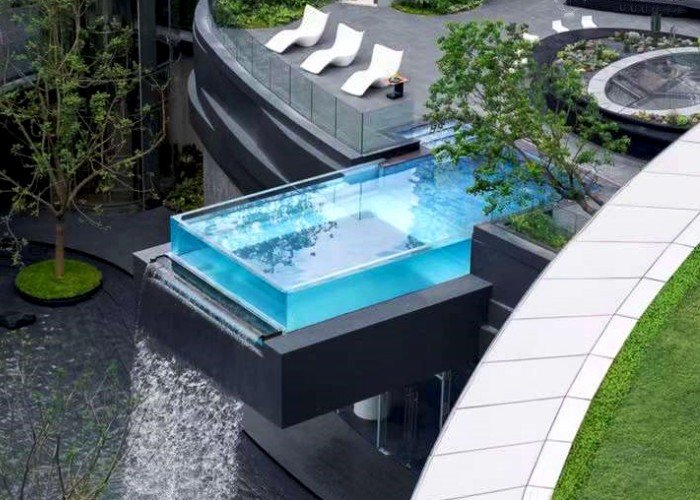
Acrylic Pool Walls vs. Traditional Materials: Which Is Best for You?
When building your swimming pool, you'll need to choose between acrylic and concrete. Let's take a closer look at the pros and cons of each option so you can decide what material is best for your needs!
Acrylic Pool Walls:
Pros: Acrylic is durable yet lightweight, making installation easier than concrete. The panels clip together for a seamless, crystal-clear look. The synthetic material won't crack, chip, or fade over time like concrete can. It's also unaffected by common pool chemicals and is stain-resistant.
Cons: However, the upfront material and installation costs for acrylic are higher compared to traditional concrete. Custom sizes may require a special order with longer lead times. The surface is prone to minor scratches from rough objects in the water.
Concrete Pool Walls:
Pros: Concrete offers unmatched longevity when correctly installed—some concrete pools last 50+ years! Its thermal mass provides natural insulation, allowing the water to stay warmer in winter—low maintenance and repair costs over the lifetime of an inground concrete pool.
Cons: Concrete weighs approximately 35 pounds per cubic foot, making it enormously heavy and costly to construct due to forming and reinforcing needs. Cracks can also occur over time. Concrete pools cannot be relocated, and full dismantling is nearly impossible if the pool needs to be removed from the site.
Overall, each material has its place depending on your budget, needs, and location.

Benefits
- Since acrylic panels are not as brittle as tempered glass, your window or custom pool design will never crack or develop a "spiderweb" ding.
- When it comes to "installation" and "repairs," acrylic is unmatched. Whereas acrylic can be repolished and refinished without requiring water to be drained, glass that has been scratched cannot be repaired.
- Since acrylic and water have the same refractive index, you cannot see the panel's thickness when looking through it. It looks as flimsy as paper.
- An outdoor acrylic pool panel's durability is virtually unbreakable and impact-resistant.
- Acrylic's easy formability allows it to bring any imagination to life.
- Scalability and size are infinite.
- Because acrylic lets in 92% of the light, visibility and clarity are unmatched.
- The capacity to construct aesthetically pleasing acrylic seawalls through swimming pools.
Frequently Asked Questions
1. How long does the installation take?
The timeframe will vary depending on your specific project. For a basic rectangular pool, expect the installation to take 2-3 weeks. More intricate designs could take 4-6 weeks.
2. How hard is acrylic to maintain?
Minimal maintenance is required—keep water balanced and wipe down regularly. This material is durable but also forgiving—minor scratches can sometimes be polished. Annual professional checks are recommended.
3. What is the lifespan of an acrylic pool?
When properly installed and cared for, an acrylic pool wall can last 25-50 years. Your location, water treatment, and preventative servicing all impact its longevity. With good care, it will stand the test of time!








